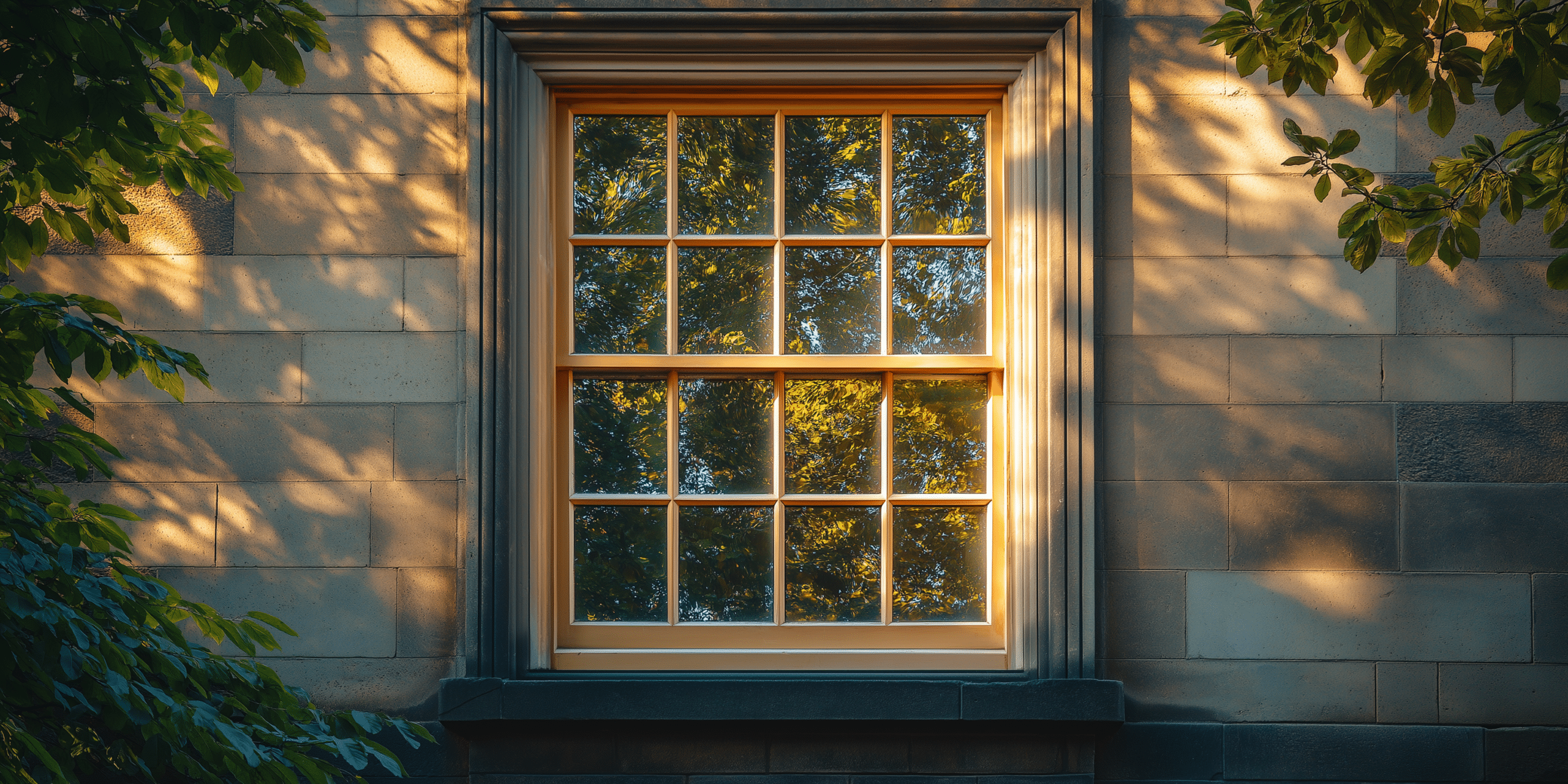Sash Weight Calibration: An Essential Guide for UK Heritage Properties

Sash weight calibration refers to adjusting counterweights within traditional sash windows to ensure they operate smoothly. This process is crucial for period homes in the UK, particularly in maintaining the architectural integrity of Georgian, Victorian, and Edwardian homes. Improper calibration can cause difficulty opening or closing windows, place undue strain on the pulley system, and even damage the window frame.
It involves balancing the weight of the window sash with the corresponding sash weights, ensuring that the window remains level and easy to operate. Older properties often retain original windows significantly heavier than modern alternatives, requiring periodic recalibration to restore functionality.
Why Is Sash Weight Calibration Important in UK Heritage Properties?
For UK heritage properties, including those from the Georgian, Victorian, and Edwardian periods, proper sash weight calibration is vital to ensure compliance with conservation area regulations. Incorrect calibration can damage not just the window structure but also the historic fabric of the building. Many issues with sash windows—like sticking or rattling—are caused by imbalanced weights, affecting both functionality and compliance with local regulations.
- Functional Integrity: Proper calibration ensures smooth operation without sticking or falling, extending the lifespan of the window.
- Conservation Compliance: Maintains compliance with UK conservation regulations, preserving the architectural character of listed buildings.
- Preventing Damage: This prevents damage to the window frame, glass, and pulleys, which can otherwise lead to costly repairs.
- Prolonging Window Lifespan: Regular calibration helps preserve the property’s historical value by maintaining the original windows.
What Are the Components Involved in Sash Weight Calibration?
Sash windows rely on several key components, including sash weights, pulleys, cords, and the sash box. Each must be correctly calibrated and maintained to keep the window functioning smoothly.
Use high-quality materials like lead weights and durable nylon cords to keep windows balanced. Period glass is often heavier, requiring custom weights for calibration.
- Sash Weights: Typically made of cast iron or lead, they balance the window’s movement.
- Pulleys: Metal pulleys guide the cords, allowing the weights to move efficiently.
- Sash Cords: High-strength materials like nylon offer improved durability over traditional cotton cords.
- Sash Box: This cavity houses the sash weights and keeps them hidden while functional.
How Does Sash Weight Calibration Impact the Longevity of Your Windows?

Proper sash weight calibration significantly contributes to the longevity of heritage sash windows in the UK. Ensuring balanced weights reduces the risk of stress on the window frame, preventing issues like warping and cracking. Correct weight calibration maintains smooth sliding action, avoiding drafts and misaligned panes.
Balanced weights distribute pressure evenly across the sash, preventing excessive wear on cords and pulleys. Windows may suffer damage without proper calibration, leading to costly repairs or replacements. Ensuring correct weight distribution helps avoid major problems like warped frames.
How to Identify When Your Sash Windows Need Recalibration?
Misaligned sash weights can manifest in several ways, including difficulty in opening or closing the window or the window refusing to stay open. A window slamming shut unexpectedly indicates improper calibration. Recognising these signs early can help prevent further damage to the window and frame.
- The window is difficult to open or close, won’t stay open, or the sash feels lighter or heavier than usual.
- Settling of the building, wood expansion and contraction, and general wear and tear affect the window’s balance over time.
Can You Recalibrate Sash Weights Yourself?
While DIY sash weight calibration is possible, it requires specialised tools and experience. Incorrect calibration can further damage the windows, especially in listed properties where strict conservation guidelines apply.
- Tools Required for DIY Calibration: Sash cord, sash weights, pulley system, and basic hand tools like screwdrivers and chisels.
- Is DIY calibration recommended for listed properties? No, it is best to consult a professional to avoid breaching UK conservation regulations.
How Does the UK Climate Affect Sash Weight Calibration?

The damp British climate can impact the balance of sash windows. Humidity and temperature fluctuations cause wood to expand and contract, often leading to misaligned weights. Homes in regions with high humidity, like London or Edinburgh, may require more frequent recalibration.
High humidity causes wood to expand, throwing off the balance of sash weights. Seasonal changes necessitate more frequent recalibration, especially during winter when wood contracts and disturbs the weight balance.
What Are the Benefits of Professional Sash Window Calibration?
Professional sash window calibration is often more reliable than DIY attempts. To ensure perfect balance, professionals use advanced tools such as digital balancing scales and high-quality sash cords. The precision they achieve is particularly important in maintaining the integrity of sash windows in heritage properties.
Final Thoughts: Why Sash Weight Calibration Is Essential for Heritage Properties
Sash weight calibration is not just about smooth operation but is also vital for maintaining the architectural heritage of UK-period properties. Regular maintenance and calibration of sash windows contribute to preserving a home’s historic value in the long term. Properly calibrated windows enhance a property’s aesthetic and financial worth, ensuring compliance with strict conservation laws.




